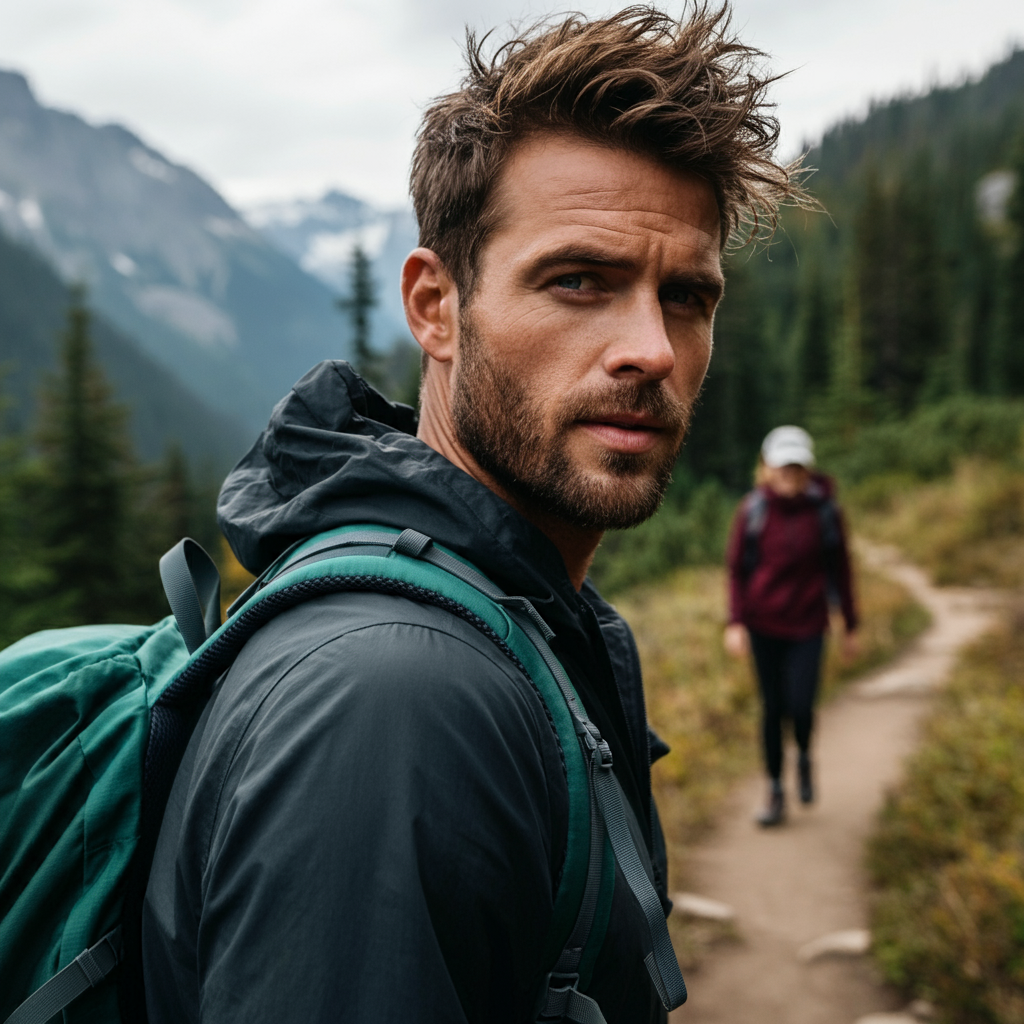Cart
3 min read
Embracing a Survival Mindset: The Key to Thriving in Uncertain Times


In the ever-evolving world of survival training, one topic stands out as particularly critical today: developing a survivalist mindset. At The Survival University, we understand that the most crucial tool you can carry into the wilderness isn't found in a bug-out bag or a gear list, it's the resilience and adaptability of your mind.
The Importance of a Survival Mindset
The COVID-19 pandemic showed us all how quickly our world can change. It underscored the need for mental preparedness alongside physical readiness. During emergencies, many people's initial response is panic, which can lead to disorganized and often detrimental behaviors. This reaction highlights the importance of mental training to maintain focus and make rational decisions under pressure.
A survival mindset isn't about fear; it's about preparation, confidence, and adaptability. It's about training your mind to handle the unexpected and stay calm under stress. This mindset can be the difference between life and death in survival situations, whether you're lost in the wilderness or facing a natural disaster at home.
Strategies to Build a Survival Mindset
- Immersive Training: The best way to prepare for the mental challenges of survival is through immersive training. At The Survival University, our courses help students understand and manage the stresses of survival situations. This training helps strengthen cognitive resilience and adaptability, essential traits for any survivalist.
- Compartmentalization: In a survival situation, breaking down tasks into manageable chunks can help maintain focus and reduce stress. This technique, known as compartmentalization, ensures that you stay goal-oriented and can effectively manage your mental energy.
- Regular Practice: Consistent practice of survival skills helps build muscle memory and confidence. Knowing how to start a fire, build a shelter, or find clean water isn't just about physical ability, it's about knowing you can rely on these skills when needed, which reduces anxiety and improves decision-making.
- Physical Conditioning: Survival isn't just a mental game. Physical fitness is crucial, as a strong body supports a strong mind. Activities like hiking, swimming, and martial arts not only keep you fit but also teach discipline and control, which are vital in survival scenarios.
- Mindfulness and Stress Management: Techniques like meditation, yoga, and martial arts such as Aikido and Tai-Chi help build mental resilience. These practices improve your ability to stay calm and focused, essential traits when faced with high-stress situations.

Practical Application
Our courses at The Survival University are designed to foster these skills. From our wilderness immersion programs to our basic survival workshops, we aim to equip you with both the hard and soft skills necessary for survival. Whether you're interested in bushcraft, wilderness medicine, or simply becoming more self-reliant, our programs are tailored to build your confidence and resilience.
A survival mindset is about more than just knowledge, it's about cultivating a state of readiness and resilience. As you prepare for your next adventure, remember that your most powerful tool is your mind. Equip it well, and you'll be ready to face any challenge that comes your way.
For more information on our courses and to begin your journey towards becoming a confident outdoor adventurer, visit our Full Course List.
By integrating these psychological strategies with practical survival skills, you'll be well-prepared to handle whatever the wild, or life throws at you. Stay safe, stay prepared, and stay resilient.
Leave a Comment
Sorry, we couldn't find any posts. Please try a different search.
